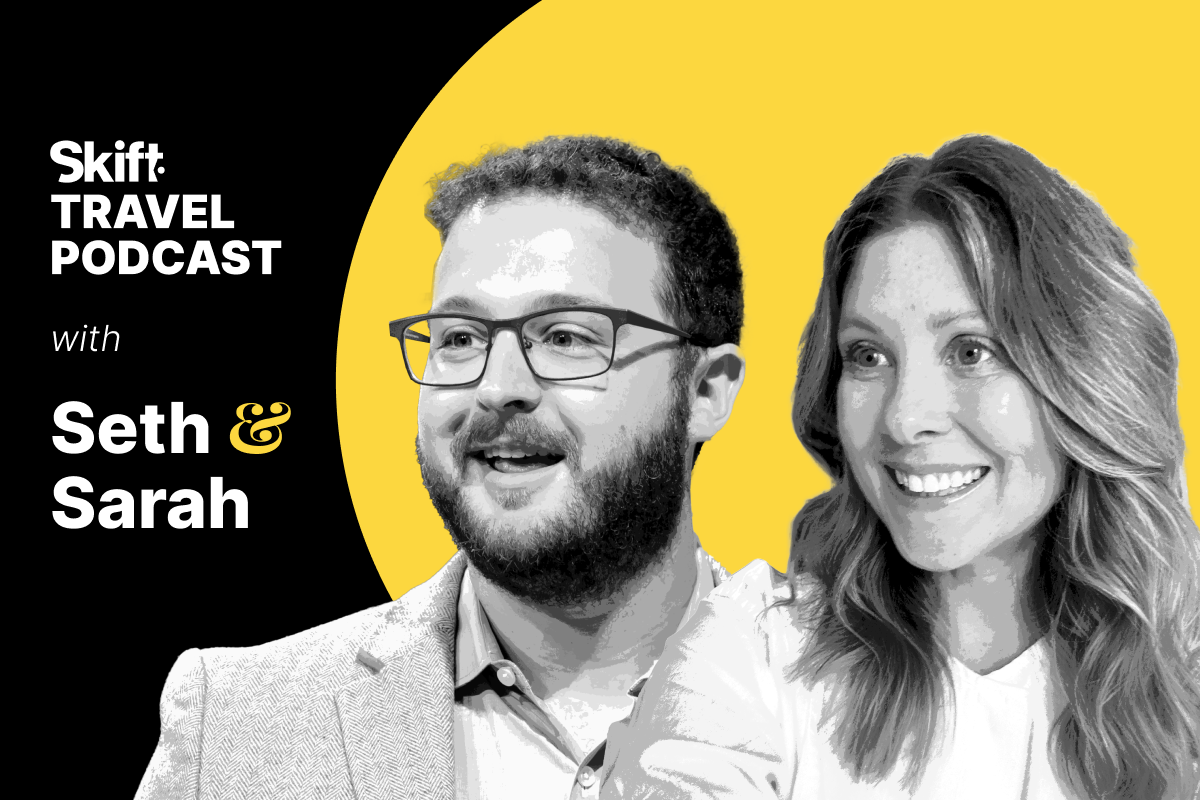Tourism Australia Targets High-Spending Consumers With New Premium Strategy

Skift Take
The Land Down Under is going upmarket.
Recognizing an opportunity to attract more high-spending consumers, Tourism Australia is rolling out a new premium strategy, showcasing the country’s quintessentially Australian style of barefoot luxury.
“We are looking to increase the focus on the markets with the greatest opportunity,” said John O’Sullivan, managing director of Tourism Australia.
Those markets include high-end travelers hailing from the United States, the United Kingdom and China. China has largest overall spend in Australia, although travelers from the U.S. and the U.K. spend more per capita.
So Tourism Australia will target the U.S. and U.K. markets first, and will ultimately include a China focus. No matter the country, the idea is to target the traveler who stays longer and spends more.
During the past decade, Australia has grown leaps and bounds when it comes to its luxury tourism offerings. The momentum began with the establishment of Luxury Lodges of Australia in 2010.
By 2010, according to the organization's executive director Penny Rafferty, “the Australian tourism landscape had changed dramatically. Independent entrepreneurs were investing in building ‘wow’ properties like Southern Ocean Lodge (on Kangaroo Island, South Australia), Qualia (on Hamilton Island, Queensland) and Saffire (in Tasmania).” Additionally, lodges that had been part of the original P & O Resorts portfolio were being sold off and reinvigorated under new owners.
“For the first time, Australia had critical mass of true high-end [room rates average $800 per day per person] lodging product. But the world didn’t know that. As small properties can’t market globally, [so] a collective voice was our solution. Once Luxury Lodges of Australia launched, the industry saw the power of collective marketing," Rafferty said.
Indeed, Tourism Australia took note. It recognized that independently-owned small businesses brought together as collectives could be catalysts for driving premium business. Karen Fitzgerald is Tourism Australia's global manager, experiences. According to Fitzgerald, Luxury Lodges served as the business model for the Best of Australia, (which become Signature Experiences of Australia in 2017).
“Seven years ago, we developed what was originally a three-year pilot program, building Australia’s core luxury identity around high-end experiential travel, with a variety of niche, special interest areas," she said.
The first partner was Great Golf Courses Australia, followed quickly by Great Walks of Australia and Ultimate Winery Experiences Australia. Luxury Lodges came on board in 2015.
The program quickly moved from pilot to permanence as partnership marketing set-up, in which the individual collectives would receive funds both from membership fees and from Tourism Australia.
As of this year, Signature Experiences consists of seven collectives involving 155 operators across the country (the program also includes Great Fishing Adventures of Australia, Australian Wildlife Journeys and most recently Discover Aboriginal Experiences).
The success of Signature Experiences in part provided the impetus for Tourism Australia to develop a premium strategy. Rafferty came on board in January as the first global premium manager for Tourism Australia (while maintaining her position with Luxury Lodges).
“The premium strategy focuses on education around products that offer exclusivity and personalization, which are hallmarks of luxury, but are uniquely Australian. As such, we are working very closely with Signature Experiences,” Rafferty said.
“Step one is internal education, how do we better articulate the message about what is our luxury: rare, exclusive, genuinely Australian? Next, it’s about deepening relationships with key stakeholders and distribution partners."
Halo Effect
These include travel agencies working the high net worth market and luxury lifestyle media.
The rollout of the premium strategy is beginning in the United States, where Tourism Australia has hired a premium manager. The United Kingdom is also a target right now, although a premium manager is not on board.
“We want to create a positive halo effect for the broader Australian tourism industry by showcasing some of Australia’s most outstanding tourism product,” according to O’Sullivan. The idea is that the halo effect — others might call it trickle-down economics —will result in greater business for all, increasing in greater regional dispersal of tourists.
“For example,” said Rafferty, “we believe that Kangaroo Island’s growing recognition during the past decade correlates with the development of Southern Ocean Lodge [a member of Luxury Lodges]. While every traveler cannot afford its hefty price tag, they hear about Kangaroo Island and can then opt to experience it at less-expensive hotels.”
“The reality is that very few of us can travel first-class. But by focusing on experiences – this transcends budget class," Fitzgerald added. "This resonates with people. So, we lead with the best [or as Rafferty puts it, “the products and places that offer compelling reasons to come to Australia”], to whet the appetite for Australia. Then, travelers with smaller budgets can be inspired to figure out ways to have similar experiences for less.”
While Australia has plenty of other high-end product, largely in the form of branded luxury hotels (Sydney in particular has been experiencing a renaissance in this sector, with more than a half-dozen high-end properties opening between 2017-2021), the premium strategy is more about “showing the offering that is rare, authentic, quintessentially Australia,” Fitzgerald said, “rather than just luxury bling. For us, it’s about inspiring and educating high-net worth individuals, and showing them who were really are.”




